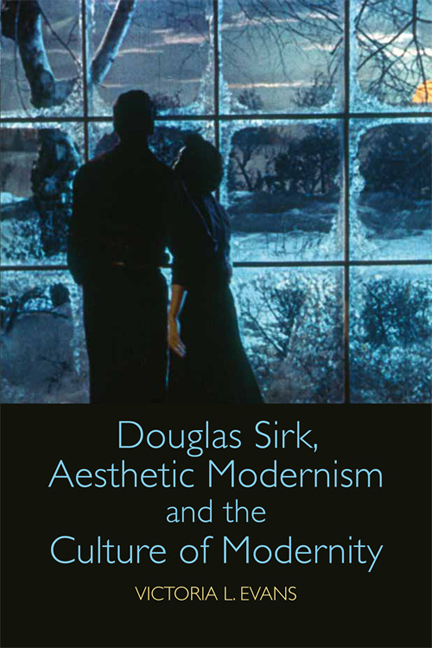Introduction
Published online by Cambridge University Press: 20 December 2017
Summary
In a 1994 interview entitled ‘Beyond Cinema’, Peter Greenaway spoke of his growing frustration at having to work within the spatial and temporal constraints imposed by the two-hour-long narrative film. By erecting one hundred staircases topped with viewing platforms all across the city of Geneva for an art exhibition that was scheduled to last one hundred days, he was endeavouring to ‘take the concept of the frame out of cinema and place it in a more public situation’ allowing for the possibility of a ‘24-hour continual viewfinder’. Greenaway's project has been read as a meditation on the death of cinema, but Laura Mulvey would subsequently contend that their later digital incarnation had brought many older films back to life. She observes that this convergence of old and new technologies, which enables the ‘pensive’ viewer to suspend the moving image for further examination, inevitably fragments the ‘traditionally linear structure of the narrative’. During these moments of willed repose, the spectator may trace the many cultural referents that the film encodes beyond the frame, pursuing them through ‘multiple possible channels’ that include ‘personal memory’, ‘textual analysis’ and ‘historical research’. However, more than four decades before Greenaway's urban installation or the advent of the digital age, Douglas Sirk was already attempting to dissolve the limits of the cinematic medium by assimilating elements of avant-garde art, architecture and design into the mise-en-scène of many of his best-known films.
Sirk's importation of a high art aesthetic into the low genre of melodrama echoed the widespread European Modernist preoccupation with the creation of a synergistic Gesamtkunstwerk or ‘total art work’ during the period in which he intellectually came of age. In fact, it was the fluidity of this cross-medium synchronisation and exchange that immediately struck me the first time I saw his 1953 ‘woman's weepie’ Magnificent Obsession. Visible just behind Helen Phillips’ head as a doctor in a Swiss neuropathology institute is telling her that she will probably never see again is the back panel of one of the most famous chairs to have been designed in the post-World War II era: a black version of Charles and Ray Eames’ moulded plywood DCW (Dining Chair Wooden, Figure I.1).
- Type
- Chapter
- Information
- Publisher: Edinburgh University PressPrint publication year: 2017



